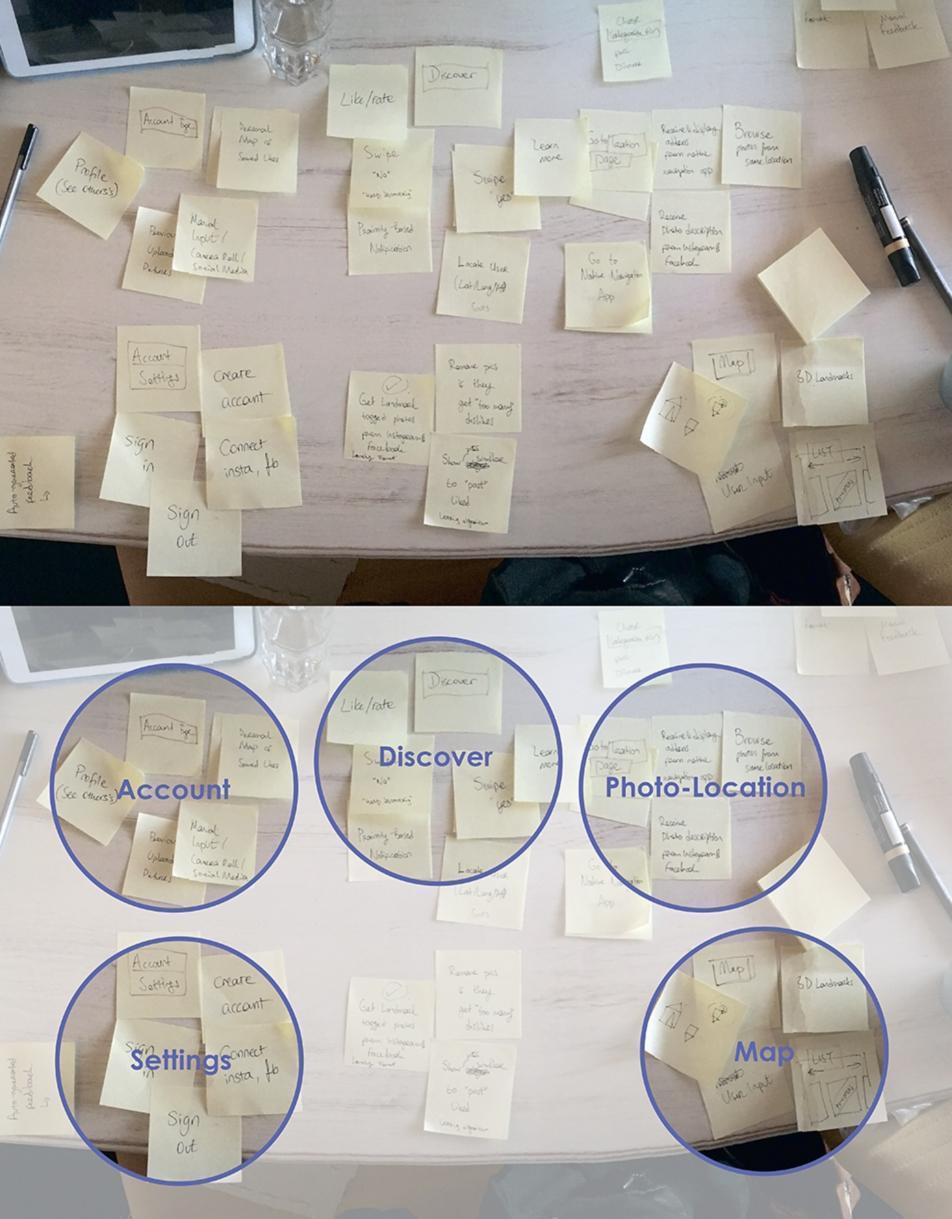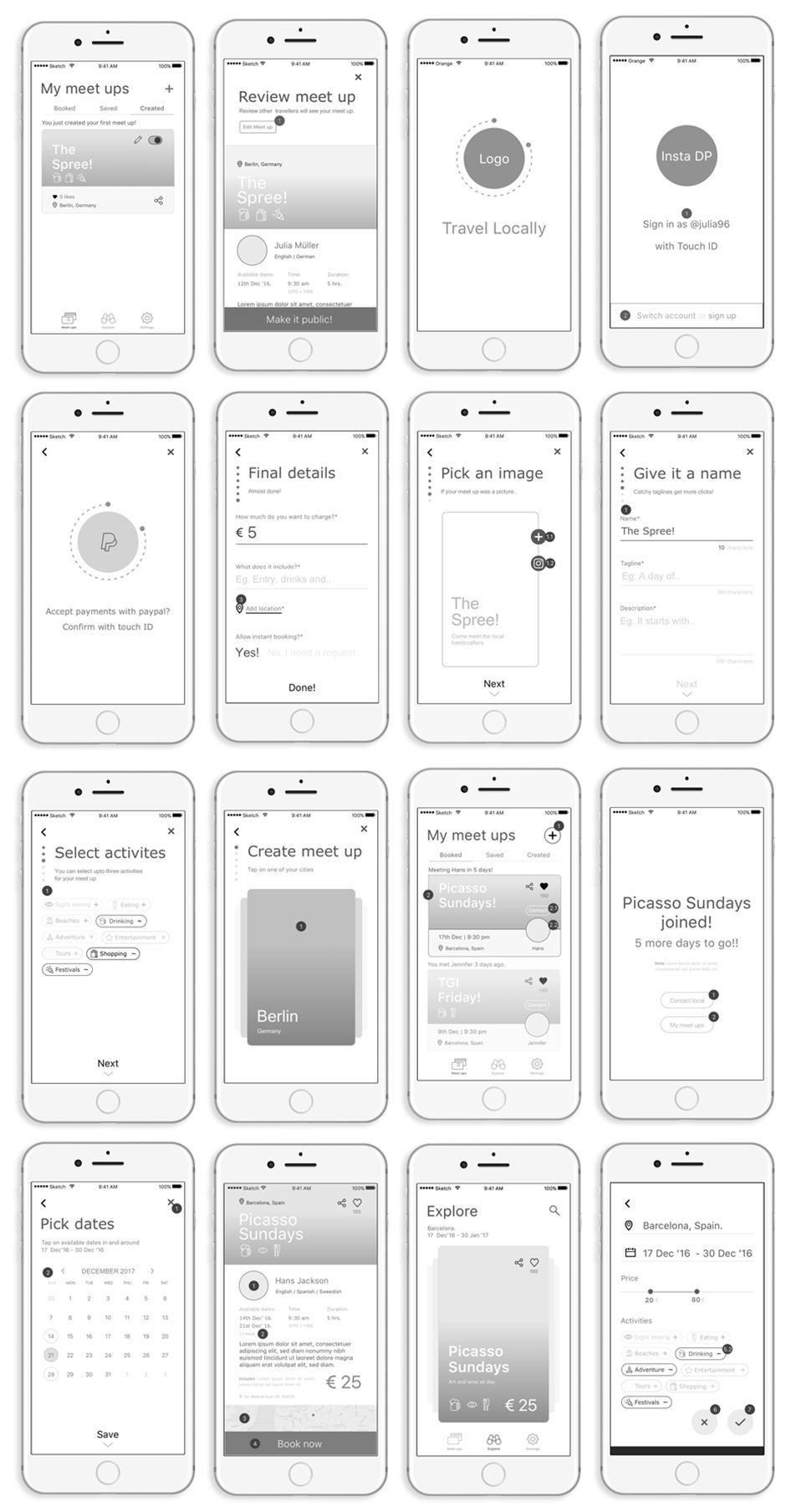What Do Interaction Designers Do
What do we get paid for?


Writer at Harbour.Space University
What do we get paid for?
Interaction design is a fairly new profession. The name might have given it away. It is a field of study that focuses on meaningful communication, or “interactions” between human beings and technology. It helps people intuitively carry out tasks by making them aware of every screen and what devices can do for them, as well as how they can instruct them to do so. In real life, a washing machine knob offers the ability to turn and the icons visually represent the functions of the machine. Similarly, on a digital interface, the user must know what they can click, pinch, swipe, double tap and where these interactions will take them. The aim of user experience design is to make sure every customer’s interaction with every touchpoint in a brand’s ecosystem is a pleasant one, every single time. To understand all that goes into an interaction designer’s job, it is essential to understand what user experience design (UX) is. The aim of user experience design is to make sure every customer’s interaction with every touchpoint in a brand’s ecosystem is a pleasant one, every single time. Really good user experience design can even make the interaction fun and amusing. Laptops, tablets and phones are the most engaging mediums of communication and entertainment right now, and where our users spend most of their time, hence why most of the projects taken up by UX Designers now are websites, mobile sites and apps. In UX, the user is the king. Interacting with user centred designs has proven to affect user behaviour in a more cohesive, predictable and desirable way. This behaviour boosts user engagement and eventually, revenue generated by a business. There are five jobs or areas of expertise under UX design:


An interaction designer draws upon user data, research and team input to generate interaction concepts that enable seamless and relevant experiences for their users.
- VISUAL DESIGNER As the title suggests, a visual designer turns wireframes into visual designs while keeping the user and the brand in mind. They make sure that the interface is engaging, easily consumable, and of course, aesthetically delightful. They also use user research and testing to validate the effectiveness of the design; effectiveness in communicating, what the user can do and how they can do it on every page.
- USER EXPERIENCE DESIGNER UX Designers are jacks of all trades. They create successful user experiences using user research, client feedback, analysis, testing and best practices. User Experience design has various definitions due to its very recent birth and organic growth. Perks of this is that formal education is not as important as good portfolio pieces. Employers look for what you are capable of through process and results more than degrees. The sad part is, you’ve got to start at the bottom to get to the top. You observe, you understand, you grow.
Depending on where you end up, your role as an interaction designer will change. In an early stage start-up, you might be the only UX designer doing everything mentioned above. In a small design studio or a mid-stage start-up, you may have a small team with you, giving you the chance to specialise in research, interaction or visuals. In established corporations and large design agencies you get to work across the UX spectrum and learn different aspects of it. To all those thinking of being a UX designer, I’d say this: UX design is new. Be open to it. You will forever be learning and informing yourself. Once a designer, you are cursed with an incessant need to analyse every website, every app, every newspaper and magazine. You will observe people, their conversations and their behaviour. It may drive you nuts and make you behave weird. But that’s a part and parcel of being a UX designer.
FURTHER READING:
- Design is a job — Mike Monteiro
- Thoughts on Interaction Design — Jon Kolko
- Articles Dear Design Student medium account. .
Thanks for reading
If you’re interested in further growth, take a look at our website to learn what your future could look like at Harbour.Space. Lastly, get in touch with us at hello@harbour.space to let us know your thoughts!
